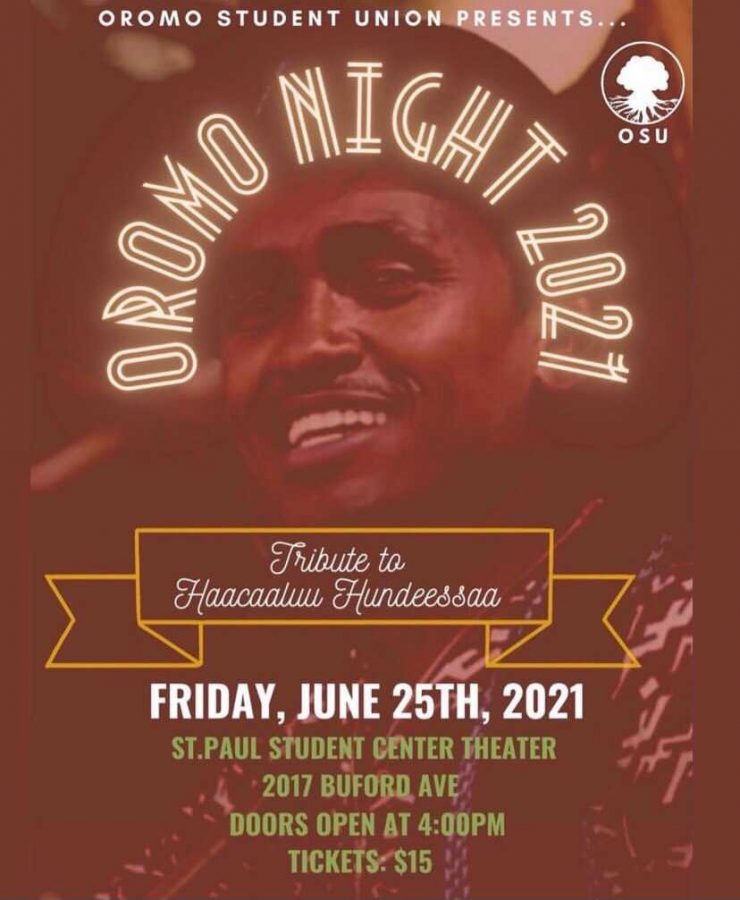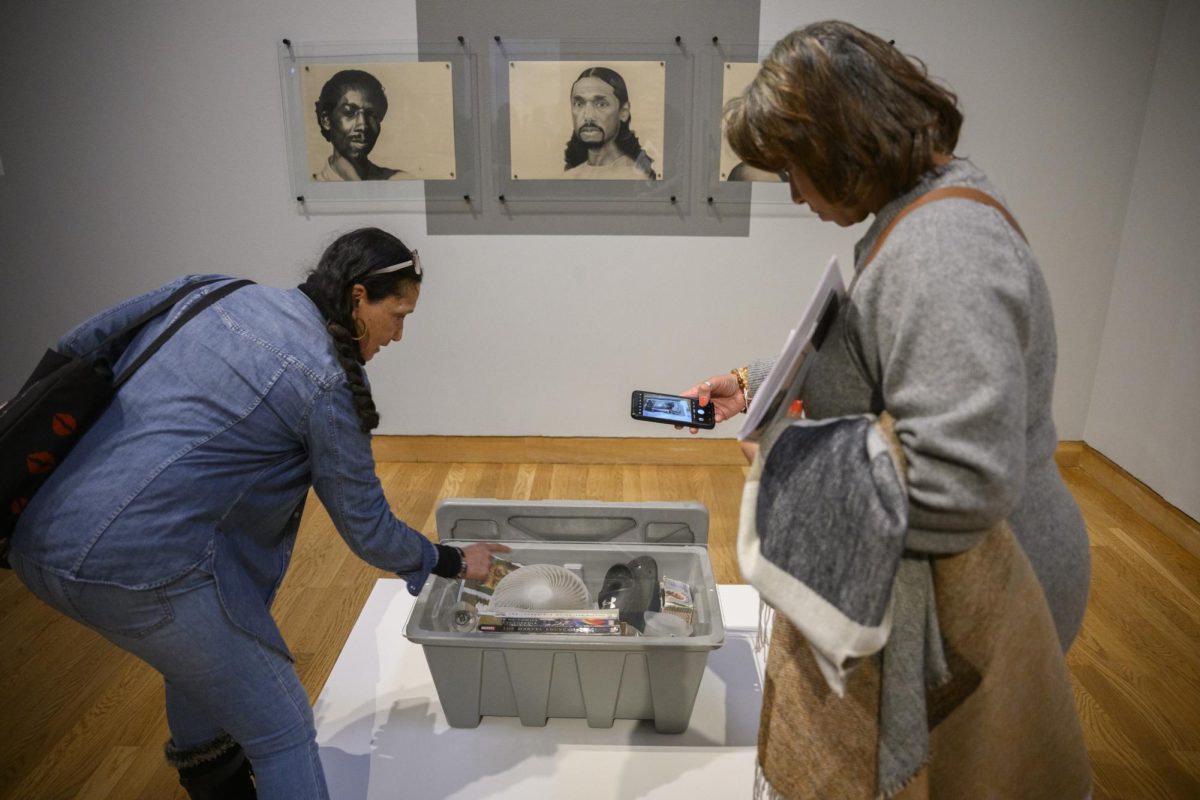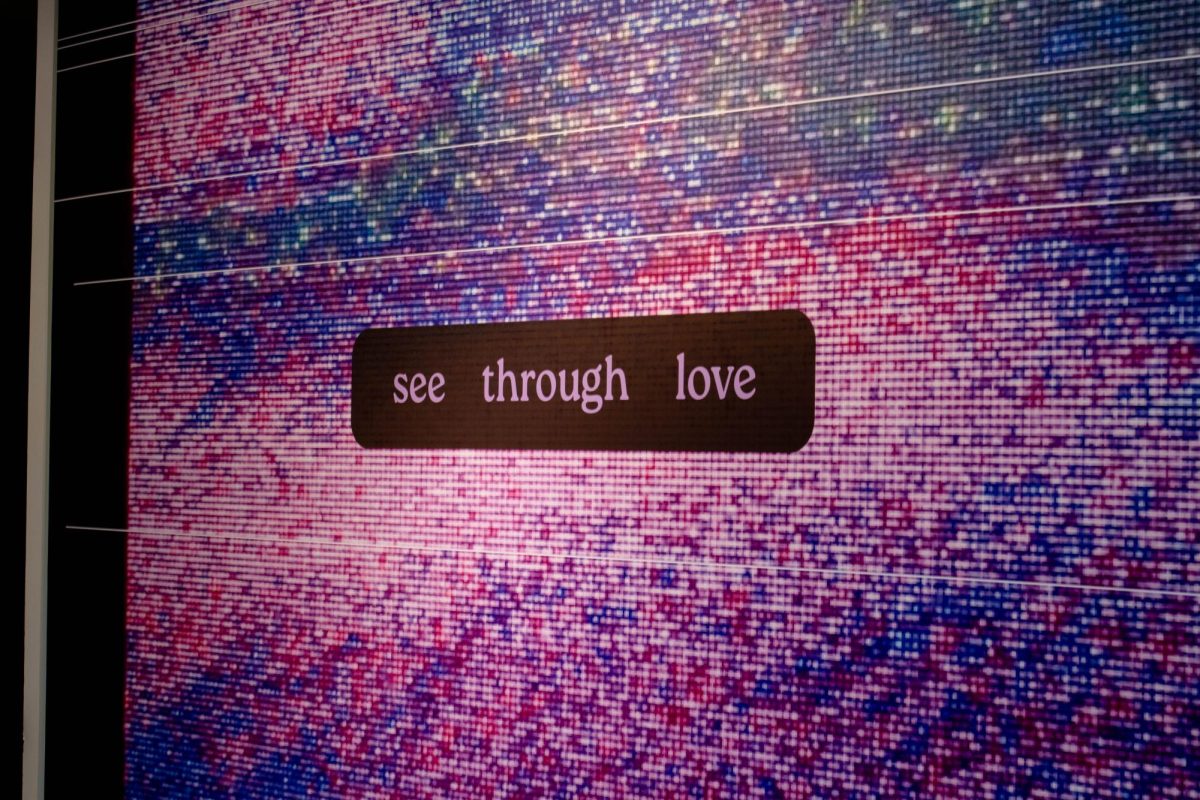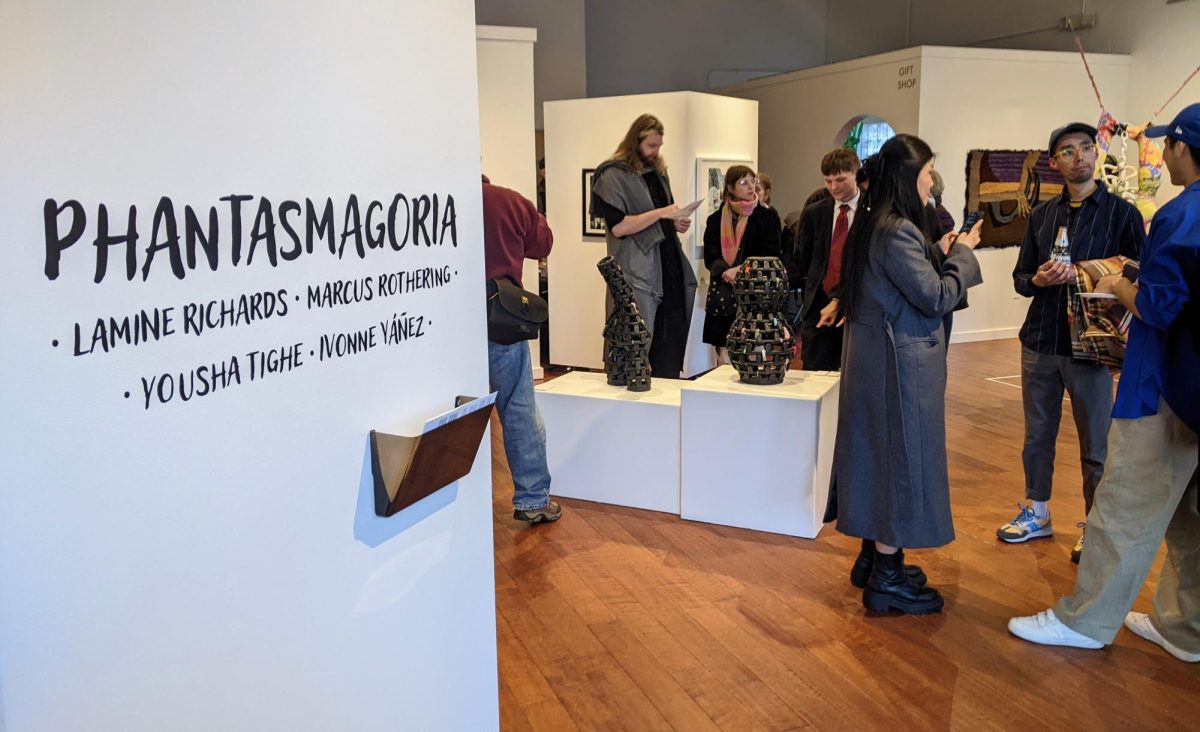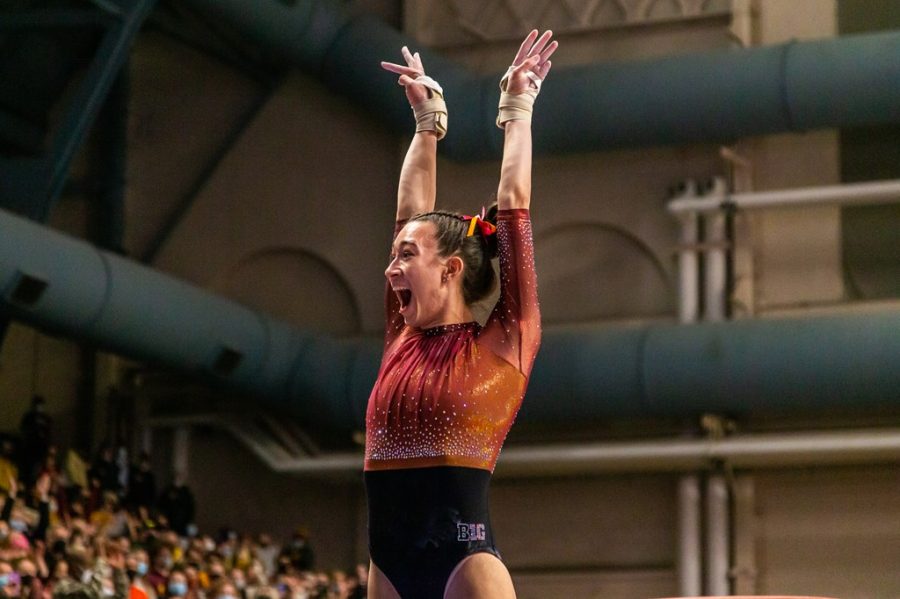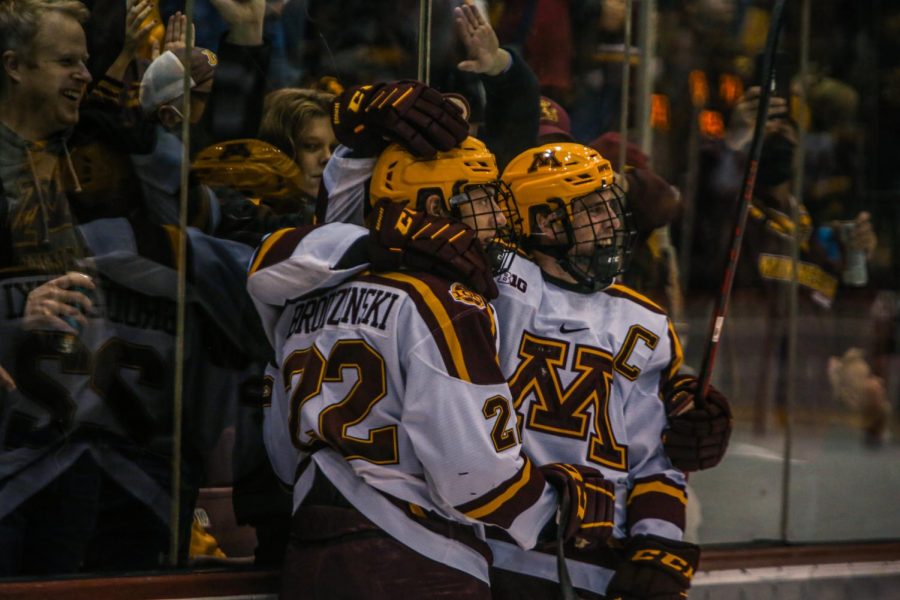Unable to hold Oromo Night in February like usual due to COVID-19, the Oromo Student Union (OSU) board had to adjust plans for their annual cultural celebration upon its approval in March. Their flexibility and willingness to adapt to eased restrictions and bumps along the way led to an event filled with colorful displays of Oromo culture, encompassing its complex nature in a variety of ways through the participation of OSU and community members.
Oromo Night 2021 was a celebration of Oromo culture consisting of dancing, music, storytelling and tributes to the late Oromo musician and activist Hachalu Hundessa. Hundessa, killed in June of last year, was known for his protest songs and revered by many in the Oromo community — particularly the youth.
Due to a lack of university funding and a minimal budget, the OSU board had to get creative in figuring out how to make Oromo Night happen in its entirety. The help of community sponsors such as Adama Restaurant, a Columbia Heights joint specializing in Oromo, Ethiopian and East African cuisine, made it feasible to fund the event’s festivities.
“We made it happen because of the theme of the night — Hachalu Hundessa,” said Leensa Ahmed, president of OSU. “We made sure the timing fell around the one year mark. He symbolized strength, and his music resonated with the youth. It’s the reason we continue to hold these cultural events.”
It took a village to make Oromo Night happen this year, with many hours spent choreographing dances, selecting music, directing mini documentaries, writing and performing skits, selecting outfits for the fashion show, hand-painting props used and many days dedicated to rehearsing it all.
While the OSU board all played a part in the event, secretary of OSU Meea (Mi’aa) Mosissa served a variety of different roles throughout the months of planning leading up to it.
“Meea does everything,” said Nahili Abdullahi, communications coordinator of OSU. “He’s carried us on his back the last couple of weeks.”
Serving as a choreographer, dancer and script writer, among other things, Mosissa truly did dabble in a little bit of everything. His dedication to the Oromo community is fierce, but he remains humble when it comes to the way he serves it.
“I wanted this show to be an example,” said Mosissa. “Sort of an ‘I’ll come out for you, you come out for me’ thing. It’s important that everyone sees everyone coming out to support one another.”
According to Mosissa, what he wants from events such as Oromo Night — apart from spreading general awareness of Oromo culture — is to encourage members of the community to keep showing up for one another. He wants to shift the culture in order to see community members come together beyond one night a year.
“I hope that people learn more about the culture, and pay more attention to who we are,” said Ahmed, on her hopes for people’s takeaways from the event.
Running on “Oromo time,” as Mosissa calls it, members of the community trickled into the St. Paul Student Center slowly but steadily over the course of a few hours before the event’s start time around six. By the time the lights dimmed, the seats of the theater were nearly filled with friends, family and community members filled with eager anticipation for Oromo Night.
The OSU board, on stage in an assortment of coordinating blush-toned outfits, began the night with introductions before kicking things off with “Jirra” by Hundessa. The song played across the speakers, lyrics displayed on screen and voices in the crowd soon chimed in with echoes of the chorus. Some audience members danced and swayed in their seats as they sang along.
The energy among the crowd remained high all night. Throughout the performances, cheers and applause erupted from the audience.
“Oromo Night is a solidification of our communal identity,” said Mosissa. “We are often overshadowed by a larger Ethiopian identity. The point of having events like this is to show that we are Oromo.”


